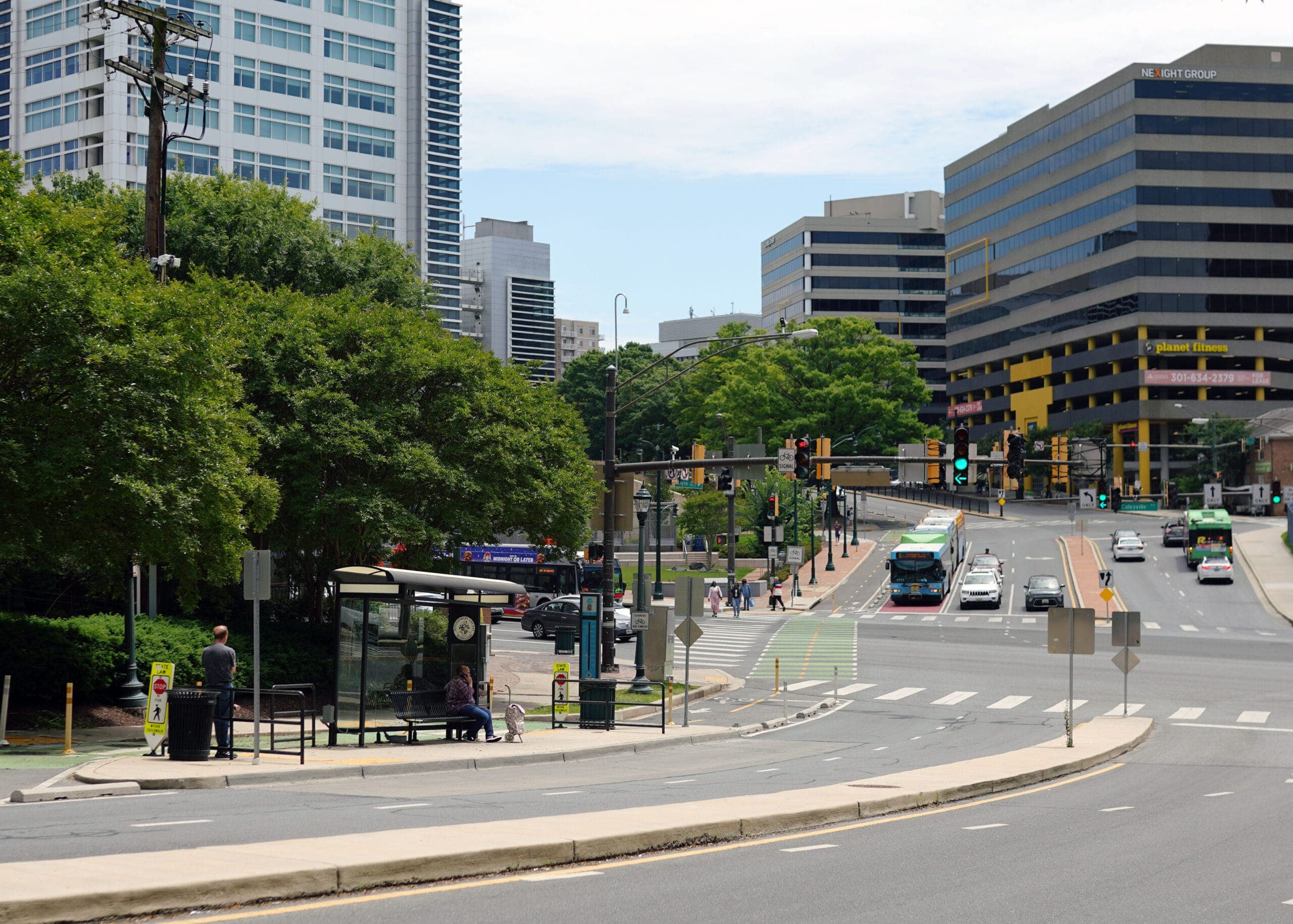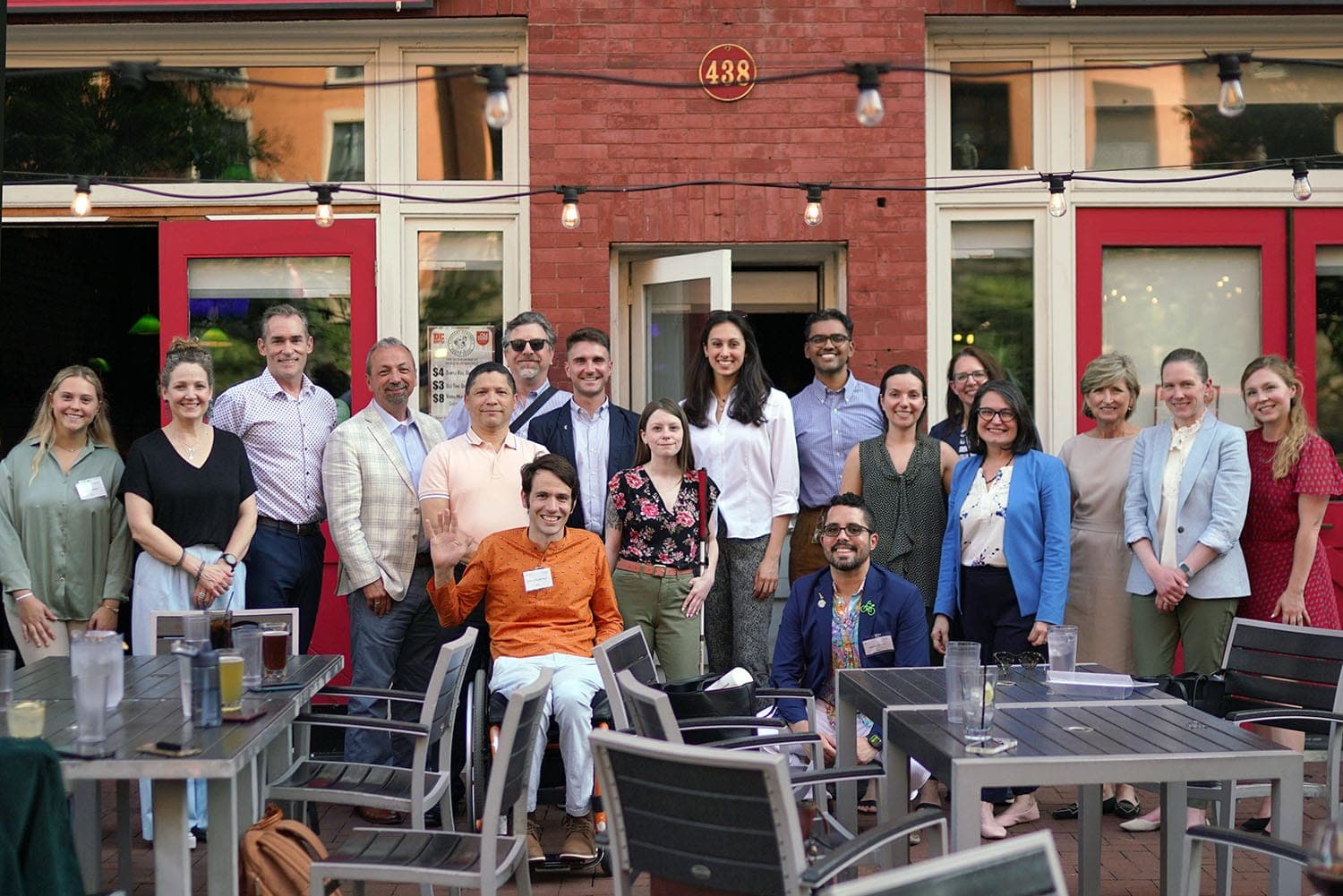
News
By Kennedy O'Dell, August 5, 2025
In the recently passed giant tax and spending bill, key community development tax incentives were made permanent. But with everything else in the package, what does the bill really mean for smart growth?
Last month, Congress passed a sweeping tax and spending package that delivers several important wins for community development, most notably, the permanent extension of key federal tax incentives that form the backbone of local revitalization efforts. These long-standing tools will continue to support economic growth in communities across the country.
But the legislation also missed critical opportunities. Lawmakers failed to add a much-needed affordable housing incentive to the Opportunity Zones program and left out promising new proposals like the Neighborhood Homes Investment Act.
Beyond community development, the bill’s partisan passage and massive deficit spending have further strained Congress’s ability to govern and could destabilize communities as thousands of people stand to lose access to federal benefits.
So what does this mean for smart growth? How will this legislation shape the future of our communities? To answer those questions, we’re breaking it down: the good, the bad, and the ugly from a smart growth perspective.
The Good: Key wins on extensions of community development tax incentives
As previously noted in our coverage of the tax deliberations, the federal tax code serves as a critical vehicle for steering development through tax incentives such as the Low-Income Housing Tax Credit (LIHTC), the New Markets Tax Credit (NMTC), and the Opportunity Zones program (OZs), and the near-term fate of these incentives was closely tied to the passage or failure of the overall package. These incentives broadly attract capital to lower income communities, either by providing a tax credit to investors who provide funding for the construction of affordable housing (LIHTC), providing a tax credit to investors who make equity investments in community based development entities who in turn provide loans and investments to local businesses (NMTC), or by providing a tax relief to investors who make investments in certain properties or businesses within certain geographic areas (OZs).
The final version of the tax bill removed any sunset date for these three incentives, functionally making them permanent. Permanence is a major win for community development. Eliminating sunset dates provides greater stability and makes the continued existence of these programs the status quo. While a significant win, it is important to note that the next major tax bill could always add sunset dates for programs that were made permanent by this bill. However, that is only a real threat for programs that do not have strong bipartisan support and of the three programs, only Opportunity Zones fall into that category. The Opportunity Zones program saw sweeping changes, including the addition of reporting requirements, changes to the universe of eligible census tracts, a cyclical redesignation process to account for changes in wellbeing in census tracts, and enhanced support for OZ investment in rural areas.
The final legislation also protects tax exemptions for municipal bonds, which are a critical tool communities use to finance essential infrastructure like schools, libraries, hospitals, bridges, water management systems, and certain housing projects. Additionally, the bill increased the debt limit, allowing the federal government to continue paying its bills and avoiding the risk of a financial catastrophe.
The Bad: Cutting existing smart growth-aligned programs and missing the opportunity to add new tools to support growth
From the smart growth perspective, there are a number of key failures of the bill. First, the legislation gutted the Neighborhood Access and Equity grant program, recapturing $2.4 billion that was already awarded to specific projects aimed at reconnecting communities and making significant and long-overdue safety improvements required after harmful transportation projects tore apart neighborhoods. The harm to community-focused grant programs was made worse by steep cuts to transportation grants aimed at reducing emissions.
Despite the positive changes to the Opportunity Zones program, the bill left out additional reforms that could have supported more location-efficient, mixed-income, and rehabilitation-focused projects. These SGA-backed provisions included targeted incentives for income-capped affordable housing, a broader fix to make the incentive more usable for rehabilitation projects, and a LOCUS-proposed measure to support OZ investments in downtowns—whether urban, suburban, or rural main streets. For a program that has faced consistent criticism, this was a missed chance to sharpen the tool and steer investment not just to areas that need it most, but toward truly high-impact projects.
The final bill also failed to include new, forward-looking tax provisions that could have leveraged the federal tax code to more intentionally drive investment in downtowns, main streets, and walkable, well-connected neighborhoods. Among the missed provisions were the brownfields tax deduction, which would allow full, upfront deductions for cleaning up contaminated sites, the Neighborhood Homes Investment Act’s proposed homebuilding incentive, and the Revitalizing Downtowns and Main Streets Act of 2025, which would have supported converting vacant or underused commercial buildings into much-needed housing.
The Ugly: Contradictions in the bill will shake communities
The final bill is a little bit of everything. By its very essence then, it is inconsistent in its approach to community wellbeing and smart growth. Cuts to food assistance and Medicaid sit uneasily alongside expansions in the Child Tax Credit and a new tax deduction for seniors. Families may see more money in their pockets while facing the threat of their local hospital or food bank closing. Meanwhile, reductions to green energy incentives (often criticized as industry handouts) could lead to higher electricity bills over time, adding financial strain to households already stretched thin. More affordable housing projects funded by the Low Income Housing Tax Credit may help house more low-income families but increasing utility costs, increasingly limited options for affordable and accessible healthcare, and a vanishing social safety net may push even more families into housing instability.
On top of this, the broader economic picture complicates matters further. A nonpartisan congressional office estimates that the legislation will add over $3 trillion to the national deficit over the next decade. While the bill includes some tax changes framed pro-business and pro-growth, independent analyses predict the law could actually shrink GDP by 0.3 percent over that same period. These competing forces raise serious questions about the future of municipal budgets and household finances alike.
Conclusion
As the federal government implements the tax law and continues to dance through cycles of generosity and retreat, communities will continue to face change and uncertainty. What kind of partner will the federal government be for smart growth? An inconsistent one, certainly, as cuts or shifts in key programs and initiatives always indicate, but not one without tools to share. Making the most of available incentives and funding will be essential, as will understanding and communicating both the direct and ripple effects this legislation has on communities nationwide. These impacts won’t always be obvious, but it is those quiet ways that policy shapes the world that springs up around us that smart growthers know best.
Related News

© 2025 Smart Growth America. All rights reserved
Site By3Lane Marketing
















